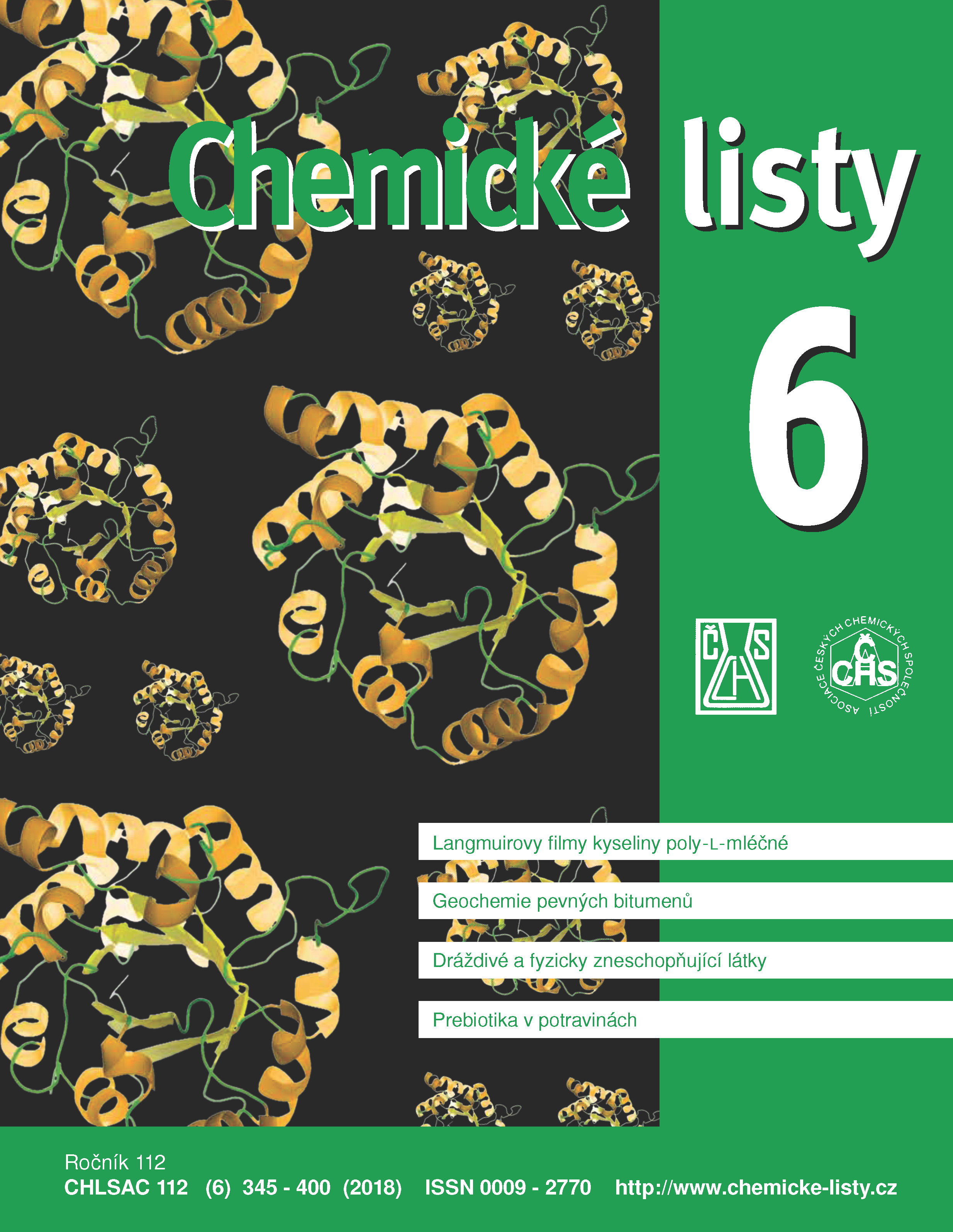Možnosti využití rhamnolipidů pro zvýšení biodostupnosti neobvyklých zdrojů uhlíku
Klíčová slova:
rhamnolipidy, n-alkany, Candida sp., mikrobiální lipidyAbstrakt
Rhamnolipids are anionic biosurfactants produced by the species Pseudomonas aeruginosa. They are used for bioremediation of hydrophobic pollutants because they increase the bioavailability of these carbon sources for microorganisms. The use of straight chain alkanes with odd number of carbon atoms can lead to the modulation of the content of odd fatty acid content. Odd fatty acids are examined for their use in human diet and it has been proved that pentadecanoic acid and heptadecanoic acid have a positive effect on human health and contribute to reducing the risk of multiple sclerosis. In our work, we focused on the effect of rhamnolipids on the growth of Candida krusei DBM 2136 and Candida tropicalis DBM 2166 in the presence of pentadecane and heptadecane. The addition of rhamnolipids to the straight chain alkanes had a positive effect on the growth of biomass (120–150 rel.%) of both Candida yeasts. The total C15 and C17 fatty acid content of rhamnolipids was increased from the original 10 rel.% to more than 30 rel.%. Rhamnolipids used in this study considerably increased the representation of odd fatty acids and linoleic acid (by tens of percent) compared to cultivations on the straight chain alkanes alone.





